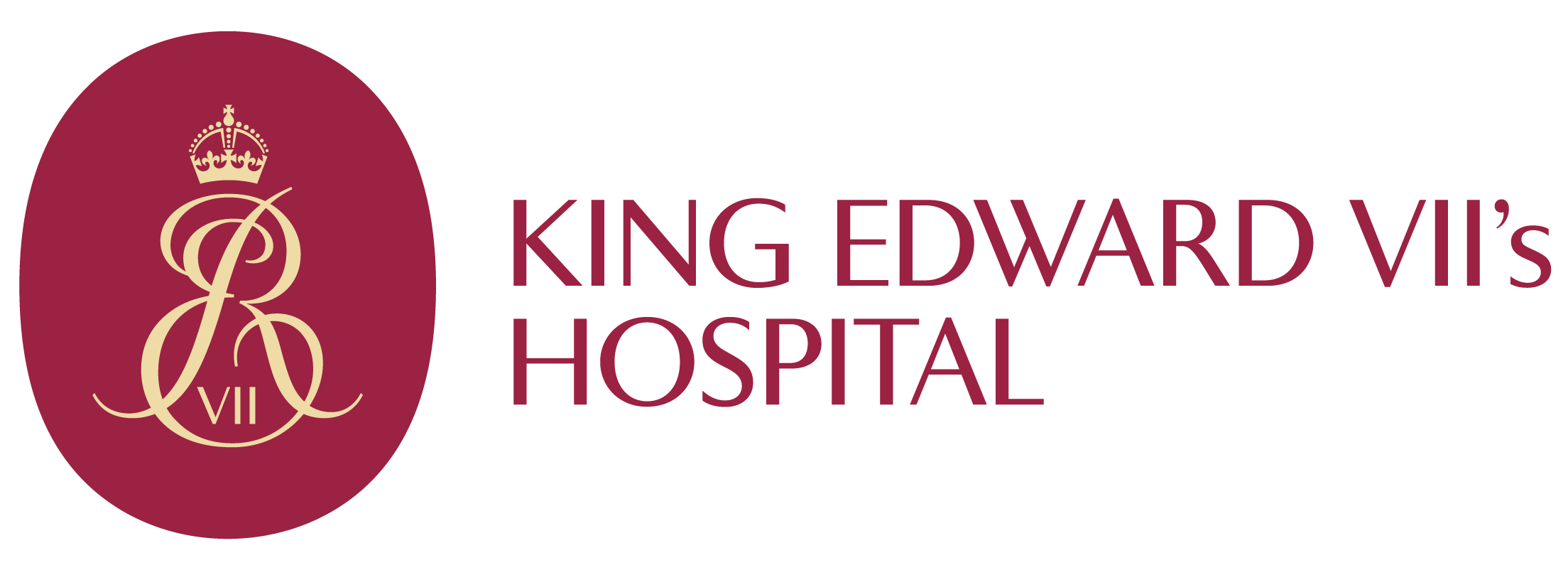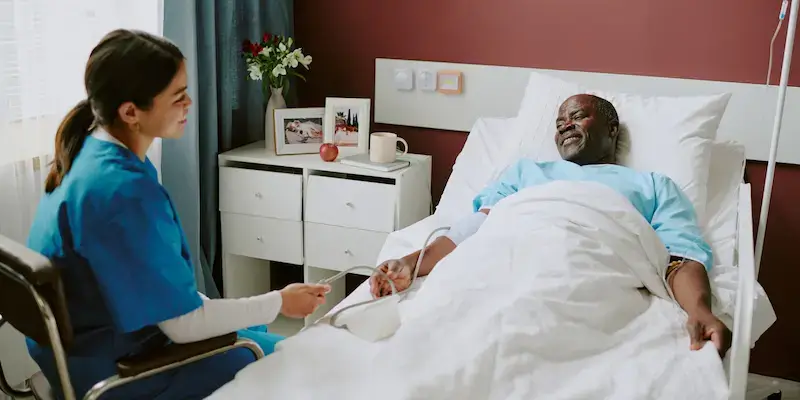Home >
Big and lesser toe correction surgery
Get rapid access to our leading specialists.
Big and lesser toe correction surgery is the name given to surgical procedures to correct bone deformities in the forefoot. This kind of surgery aims to relieve pain and restore normal freedom of movement
Learn more about big and lesser toe correction surgery at King Edward VII’s Hospital
Why would I need big and lesser toe correction surgery?
Most patients requiring big and lesser toe correction surgery need it because they have a deformity in one or more of their toes that’s causing discomfort.
Common examples of toe deformities include bunions that affect the big toes and hammer or claw toes that affect the lesser toes. Toes that crossover each other can also be fixed with this kind of surgery.
What symptoms does big and lesser toe correction surgery address?
Deformities of the toes can be painful and cause rubbing on the neighbouring toes or on footwear. This can make wearing outdoor shoes and walking uncomfortable or even impossible.
Big and lesser toe correction surgery aims to correct the positioning of the toes in order to relieve pain and discomfort and improve quality of life.
This kind of surgery either corrects the soft tissues that might be causing the bones to deform, or it may involve osteotomy surgery where the bones are cut and realigned.
When should you speak to your specialist about big and lesser toe correction surgery?
If you have a deformity on one or more of your toes that’s causing pain and mobility issues, speak to your GP about big and lesser toe correction surgery. They may carry out some tests and scans and may refer you for surgery.
How is big and lesser toe correction surgery performed?
Big and lesser toe correction surgery is performed under a general anaesthetic meaning that you’ll be asleep throughout.
Your surgeon will then make a cut in the skin covering your affected toes and will use surgical instruments to correct the deformity. This may involve cutting tight tendons and ligaments to free the toe, or straightening the affected bone by cutting away excess bone and fixing the bone in place using permanent medical screws.
Your wound will then be stitched or clipped together and a dressing applied.
What is the recovery like for big and lesser toe correction surgery?
Your recovery from big and lesser toe correction surgery will depend on multiple factors, including your age, fitness level and the nature of your procedure.
Most patients are able to return home from hospital on the same day as big and lesser toe correction surgery. Your nursing team will provide you with advice from your surgeon on how to look after your wounds and recover and what footwear to use whilst you’re recovering.
This will include when the dressing can come off, when the stitches will dissolve or need to be removed and when you can be fully weightbearing on your foot. You may also be given some physiotherapy exercises to perform at home to aid your recovery.
It may be a few months before you’re able to engage in sports or vigorous activities but you will gradually be able to return to your normal activities in the weeks and months following surgery.
Are there any risks/complications associated with big and lesser toe correction surgery?
As with any medical procedure, it’s possible for risks or complications to arise. Speaking with your specialist or surgeon beforehand will help you avoid any adverse reactions.
Big and lesser toe correction surgery has a relatively low risk of serious complications, but the following risks and complications can occur in a small number of cases:
- Infection
- Swelling
- Bleeding
- Blood clots
- Nerve damage
- Wider feet than before
- Uneven toes
- Bone deformities returning
How can I prepare for big and lesser toe correction surgery?
Prior to big and lesser toe correction surgery, your surgeon will discuss with you how best to prepare, as each patient is different with differing needs.
Common preparations for big and lesser toe correction surgery include:
- Routine blood tests, x rays or scans as requested by your surgeon
- Taking steps to stop smoking if you smoke
- Losing weight if you’re overweight
- Remaining active and doing regular exercise
Are there alternatives for big and lesser toe correction surgery?
You may be able to manage your pain and discomfort by taking painkillers and wearing soft, wide, flat footwear. It may also help to apply ice packs to the affected area or by wearing special foam pads in your shoes to cushion your toes.
Call 020 3627 5160 or fill in your details below to make an enquiry
Need further help or advice?
Contact our team for enquiries or information.
If you need to contact us in any other way, please go to

